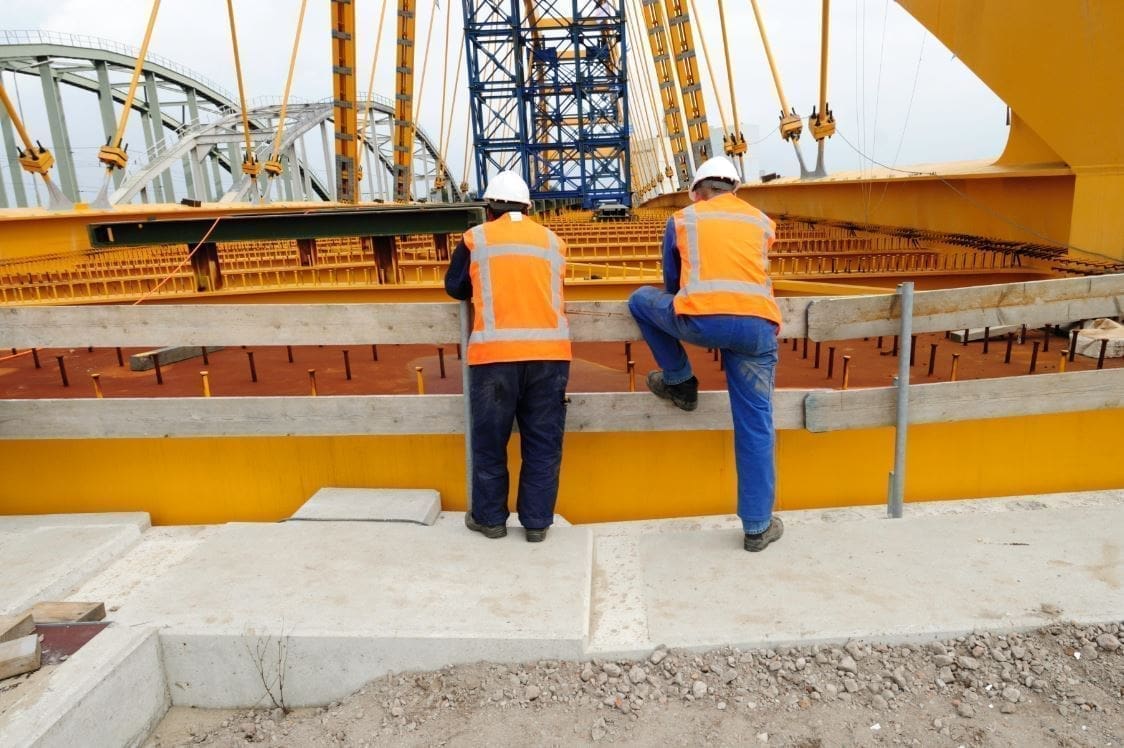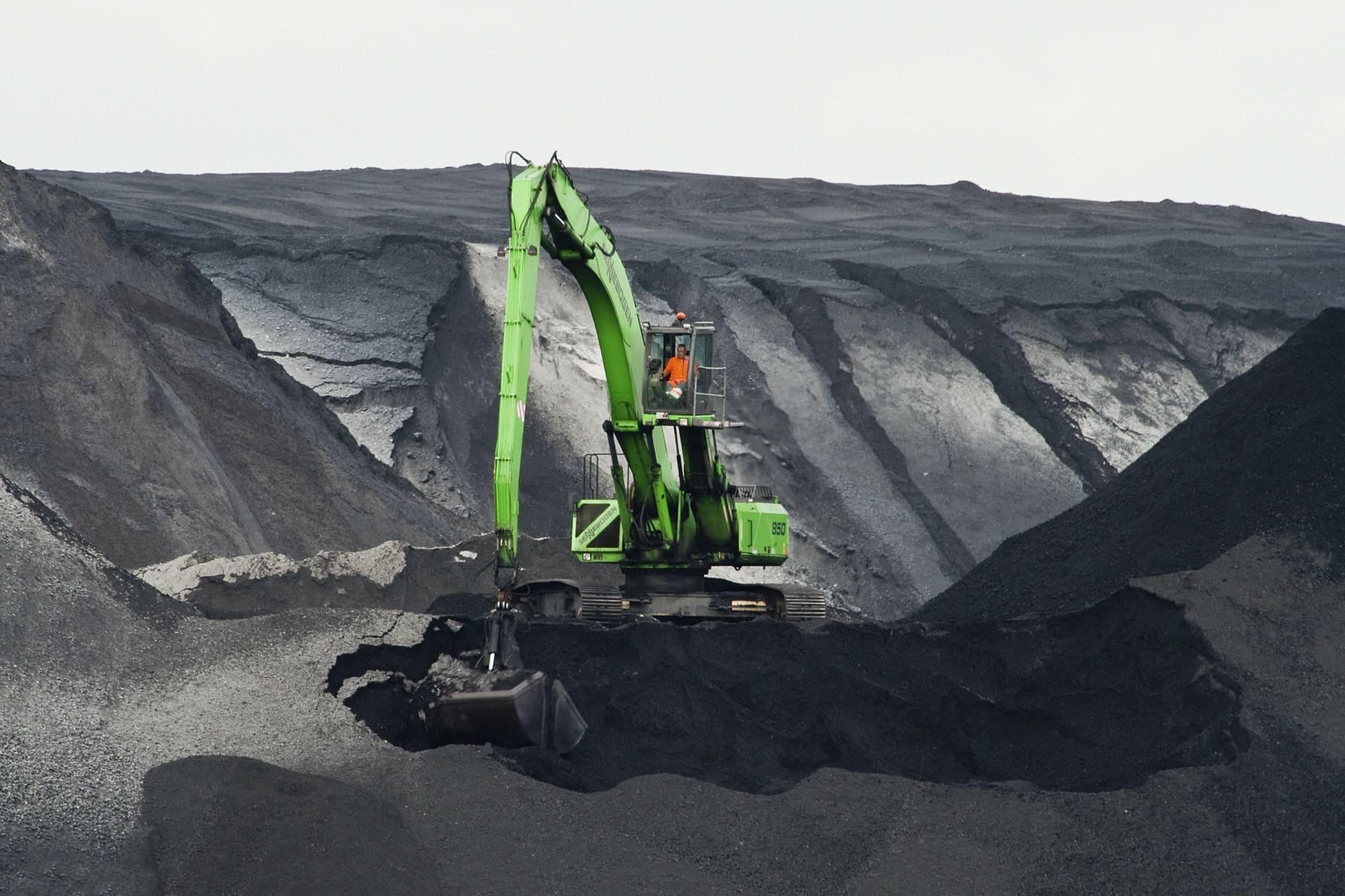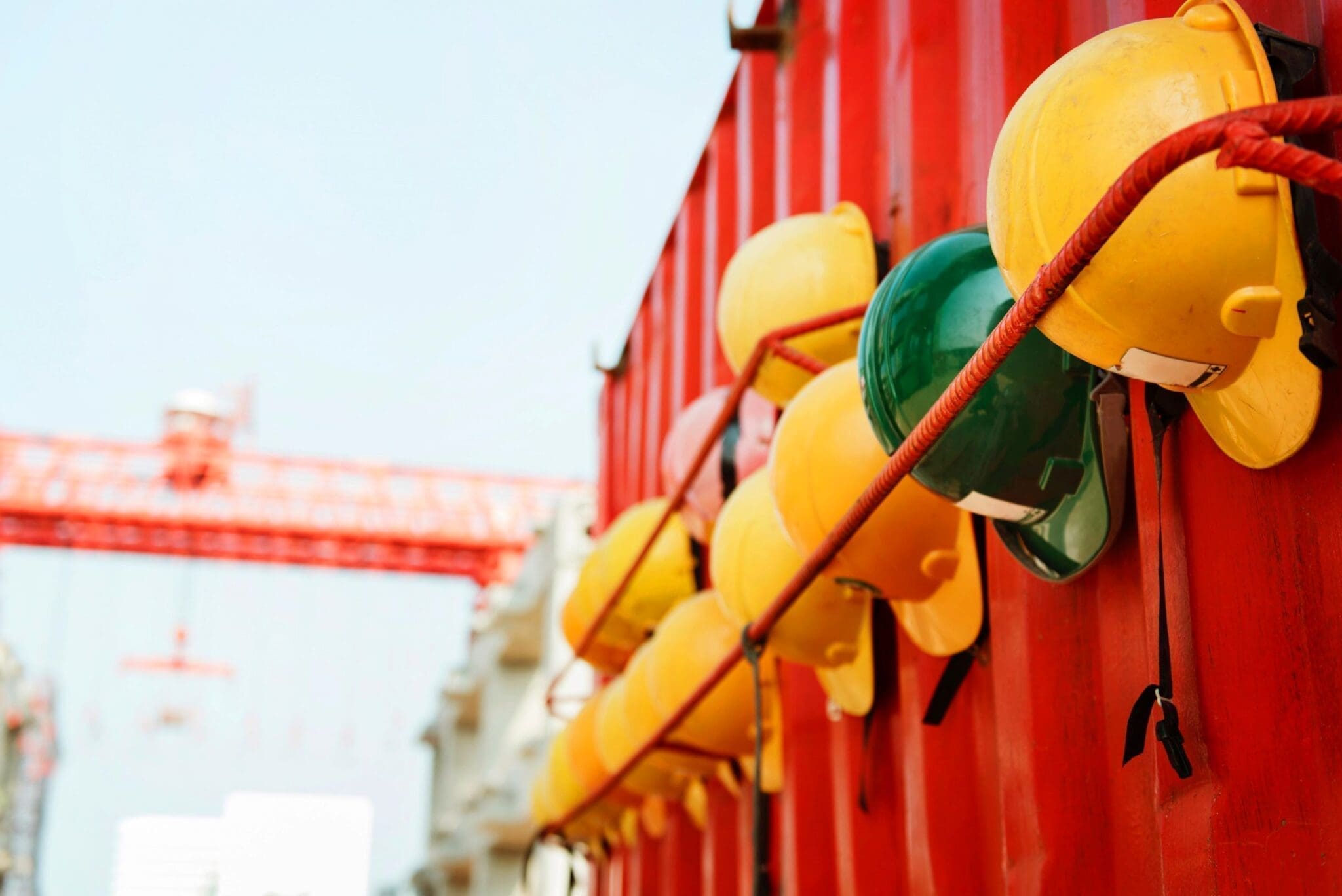The last few decades have seen a massive improvement in workplace health and safety processes, as well as awareness of the kind of risks that workers face. But, bad accidents can and do still happen. In the worst cases these can lead to lost-time injuries and even loss of life, and companies face the prospect of reputational damage and legal repercussions.
Health and safety regulations are changing all the time, as are the supply chain risks companies face on a daily basis. While you may have your house in order when it comes to workplace health and safety, you need to know whether your suppliers and subcontractors are working to international standards.
Uncertainty is not something you want when it comes to supply chain health and safety. So, how can you get the full picture?
The potential consequences
Whether they think it is fair or not, organisations are often judged based on the companies they choose to work with and the supply chains they operate. You may have a perfect workplace health and safety record, but lapses and unnecessary accidents in your supply chain could damage your reputation by association.
The potential consequences are too big to ignore. If you or your suppliers are found to have not met your responsibilities and obligations to your workers, you could face potential criminal charges.
Part of the problem is still a lack of awareness about what constitutes workplace risk and how to deal with it. While incidents involving the wrong choice of equipment and unsafe practices are often the main focus, the psychological safety of workers and the effect of things like excessive working hours can often be overlooked.
The effect that lost-time injuries can have on a business are significant. In the UK, 30 million working days were lost in 2017/18 due to workplace injury and illness, while figures from the International Labour Organisation estimated there were 313 million workers involved in non-fatal workplace accidents in 2015. This doesn’t just mean lost work and productivity for companies, it means loss of livelihoods and potentially life threatening injuries.
It is the duty of the employer to make sure that everyone on their sites is working in an environment that is as safe as possible. If you or your suppliers are found to have failed to do this, you could find yourself the subject of a legal claim.
The reputational hit you take in the eyes of customers or potential business partners can be even more costly in the long run. The Chilean mine disaster of 2010 ended with all 33 trapped men being rescued, but the incident exposed a long record of workplace health and safety failings. The company faced multiple court cases and eventually went bankrupt. The BP Deepwater Horizon oil spill, and the numerous safety failings that subsequent investigations highlighted, has led to huge losses in the company’s reputation and share price.
There can even be criminal proceedings as well. In 2016, an Italian court charged executives from German industrial engineering and steel production company Thyssenkrupp with manslaughter after seven employees died in a plant fire in 2007 in Turin.
Safer and more efficient
Our data shows that health and safety audits really work, and that suppliers who are audited have 40% fewer fatalities and represent much less supply chain risk to buyers. In practical terms, this means fewer accidents and safer employees and subcontractors, as well as less disruption and more operational efficacy.
There are a range of benefits of putting supply chain health and safety at the top of your priority list. As well as reducing downtime and costly investigations, a workforce that feels protected is more likely to be highly engaged and motivated. Amazon faced strikes in the US, UK, Germany, Spain and Poland after workers claimed they were being pushed to their physical limits.
A lot of progress has been made on workplace health and safety, but we think there is still more that can be done. And, we’ve got the services and products to help buyers and suppliers operate more safely and effectively. While health and safety audits are an important tool in the toolbox, our communities can help buyers choose if they only work with suppliers that meet international standards such as OHSAS-18001.
The data from our communities shows that suppliers are becoming more aware of the importance of health and safety certification. As of 2019, the data from our communities shows the percentage of Chilean mining suppliers in our mining community with active risk prevention systems in place rising from 61% to 66%. In our Petro Peru community, 84% of companies have a health and safety hygiene regulation system, while in its Spanish counterpart 42% of the supply base have an OHSAS-18001 certification. 77% of Southern Europe companies in Controlar have a prevention certification. We help companies build healthy, safe and productive supply chains all over the world.
Most importantly, we help buyers make sure that the suppliers they work with are aligned with their values and workplace health and safety standards. From supply chain mapping that identifies areas of risk and compliance levels to labour practice audits and ongoing supply chain risk monitoring, we have all the tools you need to make your business safe for everyone involved.
Speak to our team today to learn more about our services.


